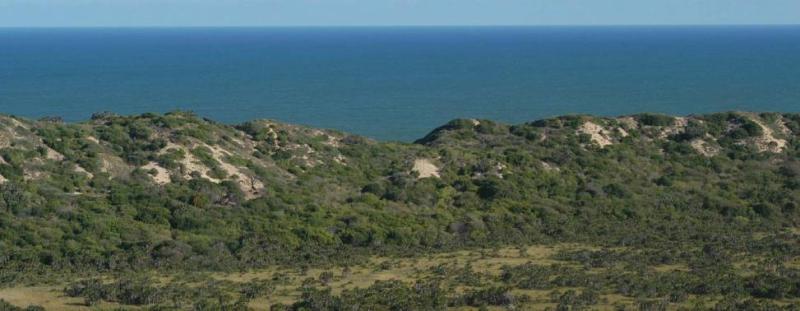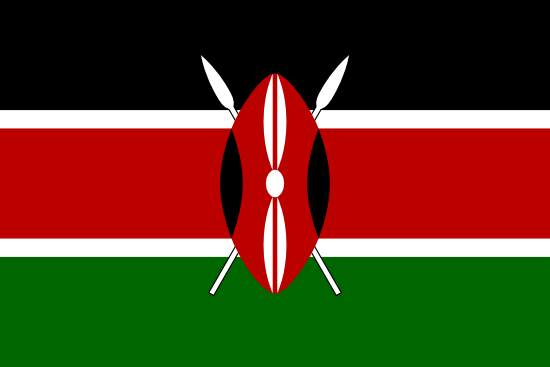Lamu County

Lamu County, located on the northeastern coast of Kenya, is a region of exceptional biodiversity and cultural significance. Known for its ancient Swahili architecture, pristine beaches, and vibrant marine ecosystems, Lamu County provides a unique glimpse into Kenya's diverse natural heritage. Here, we'll explore the distinctive features and importance of biodiversity in Lamu County:
-
Coastal and Marine Diversity: Lamu County's coastline stretches along the Indian Ocean, encompassing a wide range of coastal and marine ecosystems. Its warm, nutrient-rich waters are home to an abundance of marine life, including various fish species, dolphins, sea turtles, and coral reefs. The coral reefs, in particular, are essential as they provide habitat for numerous marine organisms and protect the coastline from erosion.
-
Mangrove Forests: The county is characterized by extensive mangrove forests that thrive along its coastline. These mangroves serve as nurseries for many marine species, acting as a breeding ground for fish, crustaceans, and mollusks. Additionally, they contribute to carbon sequestration, water purification, and coastal protection.
-
Birdlife: Lamu County is a birdwatcher's paradise. The combination of coastal and wetland habitats attracts a wide variety of bird species, both resident and migratory. Bird enthusiasts can spot herons, egrets, kingfishers, flamingos, and numerous other avian species in the county's mangroves, mudflats, and estuaries.
-
Unique Terrestrial Ecosystems: While the coastal and marine ecosystems are the most prominent, Lamu County also features unique terrestrial ecosystems. The county includes pockets of tropical forests and savannah grasslands, which are home to a variety of wildlife, including monkeys, antelopes, and diverse plant species.
-
Conservation Initiatives: Lamu County has seen concerted efforts in recent years to protect its biodiversity. Conservation organizations, governmental agencies, and local communities are working together to safeguard marine and coastal resources. Initiatives include coral reef protection, mangrove restoration projects, and sustainable fishing practices.
-
Cultural Heritage: Lamu's biodiversity is closely intertwined with its cultural heritage. The county's traditional Swahili architecture and lifestyle are deeply connected to the natural environment. Local communities have long relied on sustainable practices that respect the balance of nature, which is vital for preserving the region's biodiversity.
-
Challenges and Sustainability: Despite its natural beauty and significance, Lamu County's biodiversity faces numerous challenges, including coastal development, pollution, overfishing, and climate change impacts. Sustainable tourism and responsible development are critical for preserving the delicate balance of this unique ecosystem.
-
Eco-Tourism: Lamu County's rich biodiversity has made it a destination for eco-tourism. Visitors can enjoy guided tours, wildlife safaris, boat excursions, and cultural experiences that showcase the natural and cultural diversity of the region. Eco-tourism not only generates income for local communities but also raises awareness about the importance of conservation.
